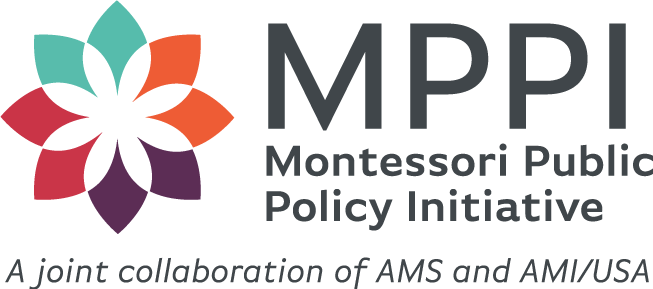Teacher/student ratios: Many QRIS programs limit group sizes and adult/child ratios, tied to the state’s child-care licensing rules or NAEYC accreditation standards. In states where programs already feel challenged by their state’s licensing rules, tying these rules to the QRIS only increases that burden. Additionally, QRIS systems may require programs to have smaller group sizes or lower ratios in order to achieve a higher rating. This disadvantages Montessori programs which have larger group sizes and higher adult/child ratios by design.
Assessment: Most states’ QRIS require an observational assessment, such as the Early Childhood Environmental Rating Scale (ECERS), the Classroom Assessment Scoring System (CLASS), or another tool, and often more than one. These assessments reflect assumptions about what quality looks like in early childhood settings that differ from the Montessori approach. For example, if held to the standards in ECERS, a Montessori program would be faulted – and receive a lower QRIS rating – for not having a sand/water table in preschool classrooms. Montessori classrooms have materials that enable children to manipulate dry matter and liquids, similar to sand and water, in structured and unstructured environments, but following the letter of the ECERS assessment, the program wouldn’t meet the standard. MPPI has developed a crosswalk to the ECERS-3 to help educate ECERS raters and QRIS programs about what they will encounter in a Montessori classroom.
